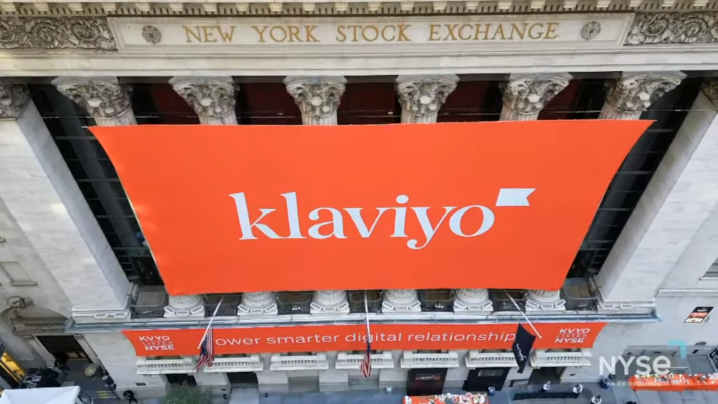Timur Kristóf as a contractor on Valve’s open-source Linux graphics driver team is known for his work on the RADV Vulkan driver and ACO shader compiler but recently he’s been working on some improvements to the AMDGPU kernel driver. A big feat he’s been tackling is enabling support for analog display connectors within the AMDGPU driver for the “DC” code. Besides a few supported older GPUs having DVI-I connections, this analog support is significant in that it’s a milestone for unblocking the aging GCN 1.0 and GCN 1.1 GPUs from using the modern AMDGPU driver by default.
For those that haven’t been on the Linux scene long enough or not paying attention to all the Phoronix content enough, the modern AMDGPU kernel graphics driver by default is used for GCN 1.2 graphics cards and newer — up through the latest RDNA4 graphics. GCN 1.1 and older though is using the older “Radeon” kernel graphics driver for predominantly the generations prior to Graphics Core Next (GCN). GCN 1.0 and GCN 1.1 though are a bit in an odd place that there is experimental support within the AMDGPU driver if disabling the Radeon driver and using a module option to force-load the AMDGPU kernel driver in its place.
Using the AMDGPU driver with GCN 1.0 / GCN 1.1 graphics processors can yield better performance, RADV Vulkan driver compatibility, and other feature enhancements compared to the Radeon DRM driver that’s seldom touched these days. The Radeon driver is basically in a mature legacy state typically just seeing fixes while AMDGPU continues to be the modern open-source kernel graphics drivers.
One of the features missing though from the AMDGPU kernel graphics driver was analog output connections with the AMDGPU Display Core “DC” code. Timur Kristóf is working to address this gap.
He explained in today’s patch series:
“This series adds support for analog connectors to DC for DCE6-10. There are two reasons to add this support:
1. GPUs that already use DC by default and have analog connectors. Some Tonga and Hawaii graphics cards in fact have DVI-I connectors, and the analog part doesn’t work by default. This functionality regressed when switching from the amdgpu legacy display code to DC.
2. GPUs that don’t use amdgpu by default yet. Currently, SI (GFX6) and CIK (GFX7) don’t use amdgpu by default yet, and missing analog connector support is cited as one of the main reasons why not.
With this analog support added to DC, we could already fully switch CIK discrete GPUs to use DC and switch them to the amdgpu driver. For GFX7 APUs and SI, further fixes are needed before enabling DC.
Before starting this work, I asked Harry and Alex about how best to do it and we agreed that we’d like to use the VBIOS to set up the DAC. So I used the amdgpu legacy display code as a reference. The first few commits add some minor changes to DC to prepare for supporting analog stream and link encoders, then analog link detection is added along with polling, and finally DAC load detection support, which is useful for old displays and adapters.”
GCN 1.0 is Southern Islands “SI” while GCN 1.1 is Sea Islands “CIK”. GCN 1.0 was with the Radeon HD 7000 series while the GCN 1.1 hardware represented Hawaii, Bonaire, Kabini, Kaveri, and various other APUs.
While nothing is set in stone yet, the prospects of GCN 1.1 (and potentially GCN 1.0) switching to the AMDGPU kernel driver by default was not on my bingo card for 2025. I had long written off the prospect of the default change-over ever happening… AMD engineers have largely moved on from that older hardware support, but now with Valve’s backing, there is the engineering talent to fill in these gaps like the analog outputs and potentially see a change-over happen. At least now if GCN 1.1 and perhaps GCN 1.0 moves over to AMDGPU by default, the code is better maintained these days than the seldom-touched Radeon driver and any regressions hopefully be ironed out quickly if not already done so given the years there has been the experimental support. Heck the last time I even did Radeon vs. AMDGPU driver testing for GCN 1.0/1.1 was all the way back in 2017 and even then the AMDGPU driver was advantageous and an improvement over the older Radeon driver.










